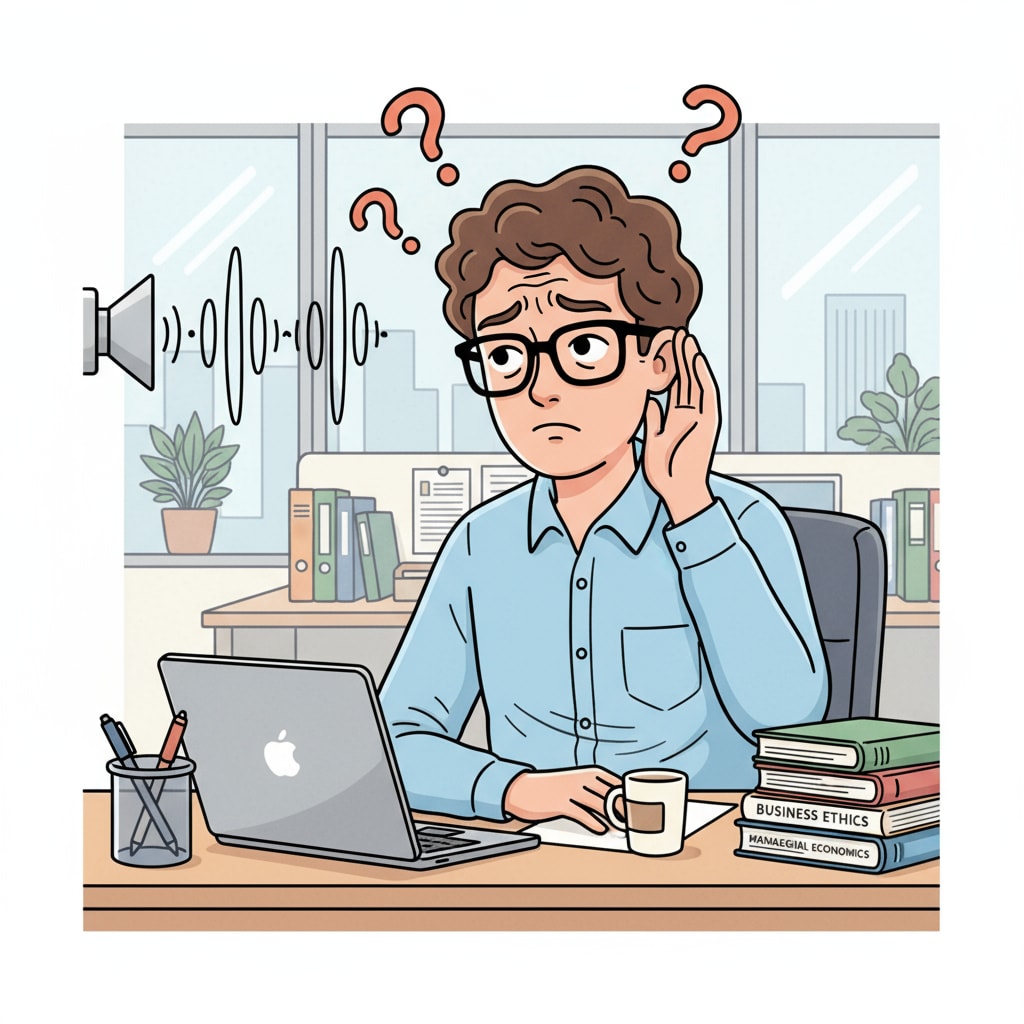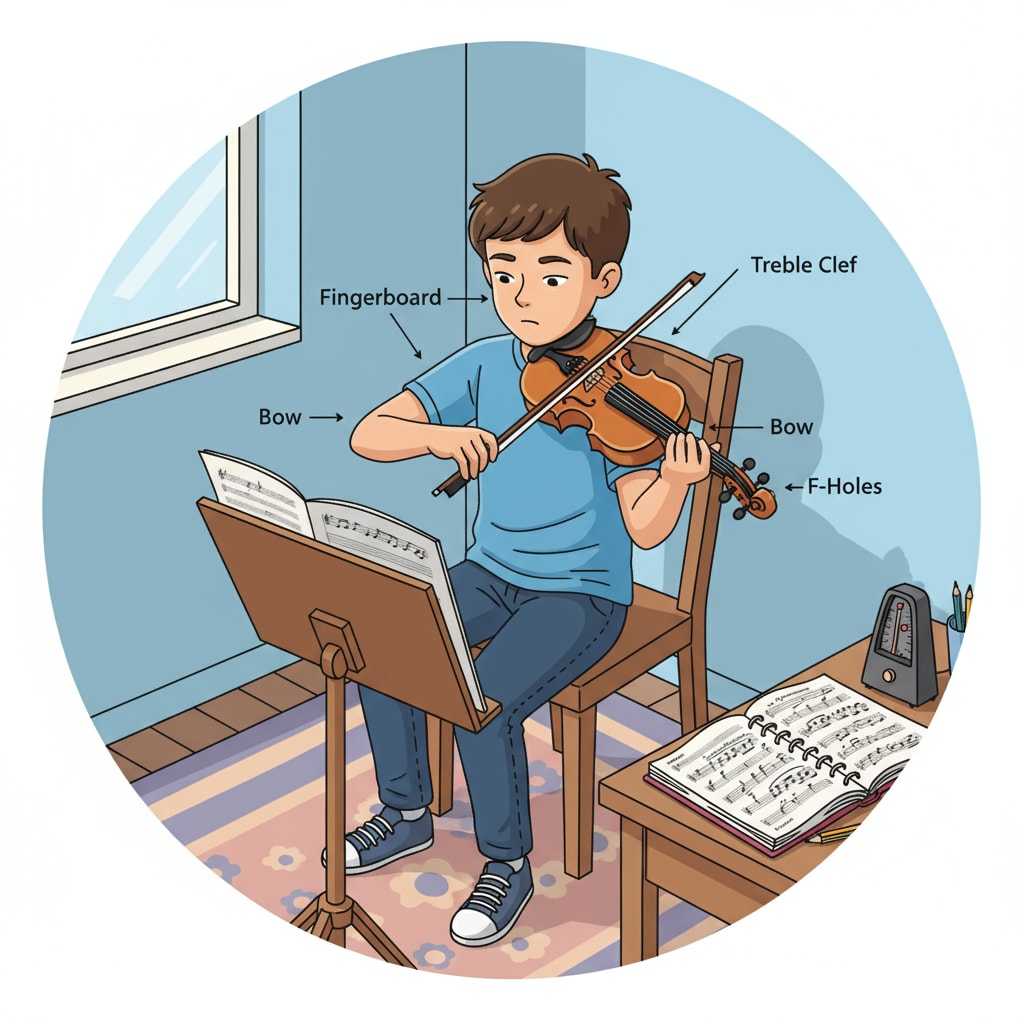Have you ever had a moment where your ears played a trick on you? I certainly did, and it involved a curious mix of violin, misunderstanding, and work experience. One ordinary workday, as I sat at my desk, trying to focus on my tasks, a strange sound caught my attention. It was a high-pitched, drawn-out noise that immediately made me think someone was crying.

The Initial Confusion
At first, I was alarmed. I looked around the office, expecting to see a colleague in distress. However, as I listened more closely, I realized that the sound was not coming from a person crying but rather from a nearby room. Intrigued, I decided to investigate. To my surprise, I found that the source of the sound was a young student practicing the violin. This unexpected discovery got me thinking about how easily our ears can be misled, and how this relates to music education, especially in the K12 context.

The Connection to K12 Music Education
This incident made me reflect on the common misunderstandings in K12 music education. Many students, when first starting to learn an instrument like the violin, produce sounds that might not be immediately recognizable as “music.” Parents, teachers, and even classmates might misinterpret these early attempts as just noise. But these initial, perhaps “unmusical” sounds are an essential part of the learning process. According to Music Education on Britannica, music education in the K12 system aims to develop students’ creativity, cultural awareness, and emotional intelligence, among other things. We need to see beyond the surface of these “noisy” beginnings and understand that they are steps towards musical proficiency.
Another aspect is the lack of exposure. In some schools, music education might not be given the same importance as other subjects. As a result, students may not have enough opportunities to explore different instruments and musical styles. This limited exposure can lead to more misunderstandings. For example, if a student has only ever heard polished, professional violin performances, they might be quick to dismiss the efforts of a beginner as bad playing.
In addition, teaching methods also play a crucial role. A good teacher can make all the difference in helping students overcome these initial hurdles and in ensuring that the learning process is enjoyable. A teacher who is patient, creative, and able to explain musical concepts in an accessible way can turn those “noisy” violin sessions into meaningful learning experiences.
Readability guidance: Here, we’ve used short paragraphs to break down the points. We’ve also incorporated external links to add credibility. The use of “however,” “but,” and “in addition” as transition words helps with the flow.
Turning Misunderstandings into Opportunities
Instead of seeing these misunderstandings as negative, we should view them as opportunities for growth. For students, these moments can be used to teach resilience and the importance of perseverance. When they realize that their early attempts might be misinterpreted, they can learn to keep going and strive for improvement. Teachers can also use these situations to educate the wider school community about the value of music education. By organizing performances or workshops, they can show how students progress over time and the beauty that can emerge from those initial “noisy” efforts.
Parents, too, have a role to play. They can encourage their children to explore music without judgment. By providing a supportive environment at home, they can help their kids build confidence and develop a love for music. As stated on Music Education on Wikipedia, parental support is a significant factor in a child’s musical development.
To sum it up, my experience of mistaking violin sounds for crying was not just a funny workplace anecdote. It was a wake-up call about the misunderstandings in K12 music education. By recognizing these issues and taking proactive steps, we can ensure that every student has the chance to discover the joy of music and develop their full potential.


